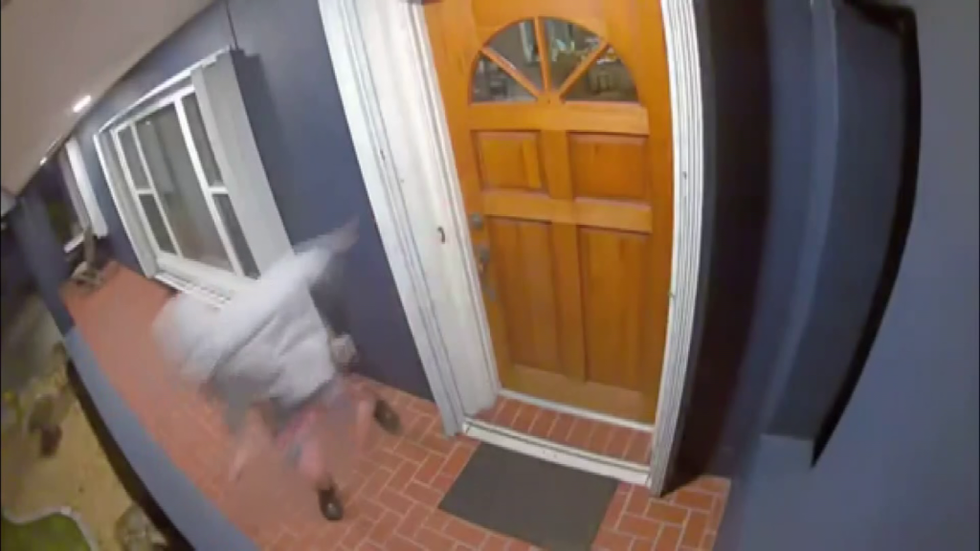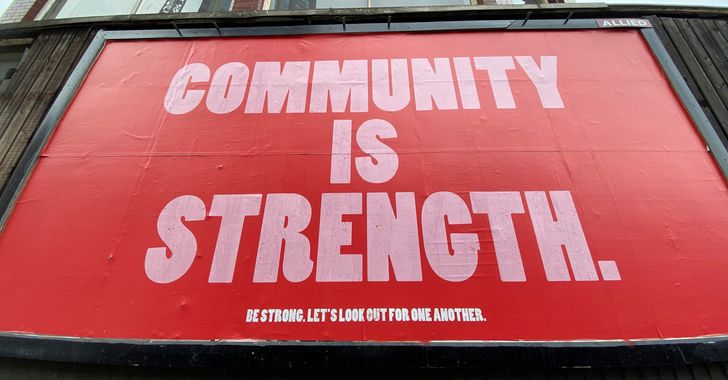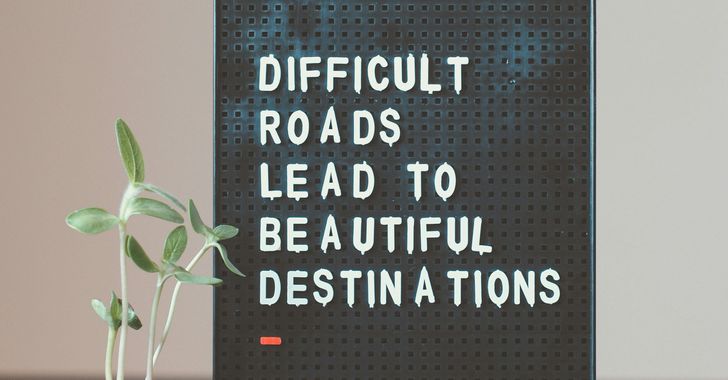There are many paths to becoming a screenwriter, including educational ones, on-the-job training, working your way up after getting in the door at a production company, and more. One thing all of these paths require, however, is a juicy portfolio of material. For beginners, this material most likely will not be published or "picked up" by anyone, but being able to show that you have a lot of ideas and a will to write a lot of content is paramount for any aspiring screenwriter.
Once you've learned the ins and outs of how to write a screenplay (or even before, if you're just starting), you can make your life easier by utilizing these software applications during the early parts of your path to being a professional screenwriter.
Final Draft
Much like Microsoft Excel in the world of spreadsheets and business, Final Draft has been a staple in screenwriting since the inception of screenwriting technology. The first edition of Final Draft was launched in 1991, and the program has been evolving with the times ever since. Many Hollywood staples swear by final draft as their go-to screenwriting tool, including J.J. Abrams and James Cameron, among many others.
What it is heralded for most is taking the technical parts out of the user's hands and allowing said user to focus on creating great content. User-friendliness ranks off the charts for Final Draft, making it a must-buy for novice screenwriters, as well as those who get frustrated by formatting and just want to write, write, and write.
It's also great for collaborative writing, so if your early projects are something you and some friends are working on in your spare time, it's options for tracking revisions and distance collaboration are second-to none.
The catch? In addition to being at the top of the list for most user-friendly features, it's also up there when it comes to price. If you're still toeing the line and want to give screenwriting a test run, some cheaper (or even free) options do exist, but the second you're ready to take the leap into true professionalism with screenwriting, Final Draft should be one of your first stops.
WriterDuet
A cheaper alternative to Final Draft (with free features as well as paid features for about $99), WriterDuet, as the name would suggest, is another great option for collaborative screenwriting. There is also a good amount of artificial intelligence imbedded in the program, with suggestions similar to a spellchecker, but geared towards finding repetition for line cuts, checking for uniformity throughout (e.g., Sarah Smith vs. Sara Smith), and formatting.
The app comes with cloud storage options, for a fee, allowing you to collaborate from afar, so long as your partners also have the software… a nice, cheap option to try out during quarantine!
Fade In
Another aptly named program, Fade In is a great stepping-stone program for beginners not quite willing to spend a few hundred dollars on a top end program in the early stages of their portfolio development. It really knows its roll as a stepping-stone program, and plays it quite well. With Fade In, users can upload a number of other programs' files, and Fade In will format them to fit the program. It is also very easy to save in plain text so you can transfer them if you happen to be using this program to… fade in to a more robust program.
No matter the digital weapon of choice, remember to write, write, and write some more! The key to creating something create is creating a lot of somethings, and with these programs, creating, storing, and recalling old projects can allow you to focus on the new ones. With a constant flow of work and a willingness to evolve, you'll be searching for yourself on Netflix in no time.





 Going to the cinema alone is good for your mental health, says science
Going to the cinema alone is good for your mental health, says science












 women in street dancing
Photo by
women in street dancing
Photo by  man and woman standing in front of louver door
Photo by
man and woman standing in front of louver door
Photo by  man in black t-shirt holding coca cola bottle
Photo by
man in black t-shirt holding coca cola bottle
Photo by  red and white coca cola signage
Photo by
red and white coca cola signage
Photo by  man holding luggage photo
Photo by
man holding luggage photo
Photo by  topless boy in blue denim jeans riding red bicycle during daytime
Photo by
topless boy in blue denim jeans riding red bicycle during daytime
Photo by  trust spelled with wooden letter blocks on a table
Photo by
trust spelled with wooden letter blocks on a table
Photo by  Everyone is Welcome signage
Photo by
Everyone is Welcome signage
Photo by  man with cap and background with red and pink wall l
Photo by
man with cap and background with red and pink wall l
Photo by  difficult roads lead to beautiful destinations desk decor
Photo by
difficult roads lead to beautiful destinations desk decor
Photo by  photography of woman pointing her finger near an man
Photo by
photography of woman pointing her finger near an man
Photo by  closeup photography of woman smiling
Photo by
closeup photography of woman smiling
Photo by  a man doing a trick on a skateboard
Photo by
a man doing a trick on a skateboard
Photo by  two men
two men  running man on bridge
Photo by
running man on bridge
Photo by  orange white and black bag
Photo by
orange white and black bag
Photo by  girl sitting on gray rocks
Photo by
girl sitting on gray rocks
Photo by  assorted-color painted wall with painting materials
Photo by
assorted-color painted wall with painting materials
Photo by  three women sitting on brown wooden bench
Photo by
three women sitting on brown wooden bench
Photo by 
 Photo by
Photo by  Photo by
Photo by  Photo by
Photo by  Photo by
Photo by 


 people sitting on chair in front of computer
people sitting on chair in front of computer











